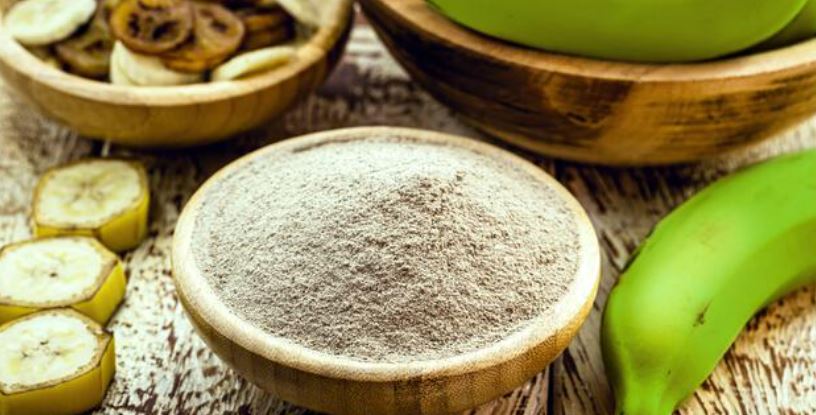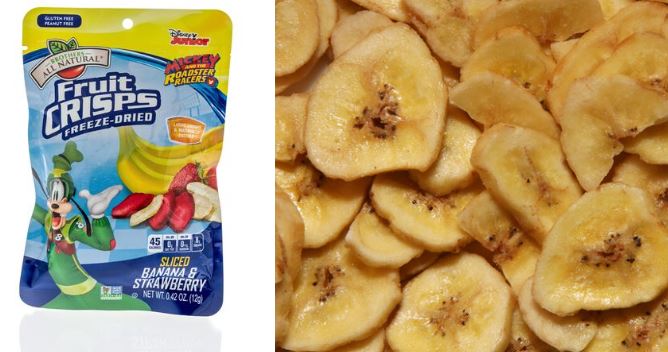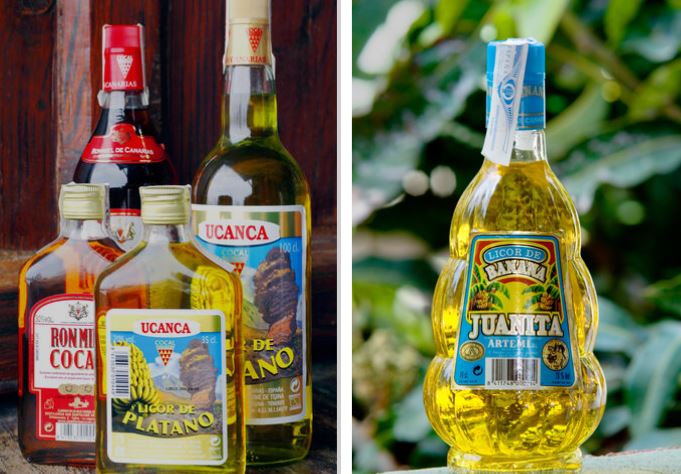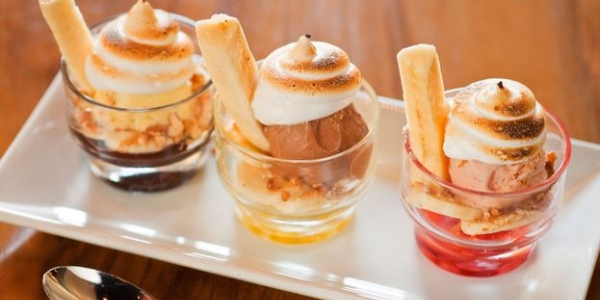Talking of banana products, many countries grow these fruits due to their diversified purposes. Quite a good number of countries count on bananas as the staple food. Meanwhile, certain countries are interested in valuable banana products.
Let us find out some of the products that are known to be useful.
Banana Products List
The products of bananas are dependent on the degree of ripeness and the taste of the farmer or consumer.
1. Flour for baking
Typically, banana flour is produced from green bananas. The peels are discarded while the pulp is dried until all the moisture is driven out. The pulp is then ground until the degree of fineness required is obtained. The process of grinding can be done using hands or in a grinding machine.

Funny as it may sound, cassava flour is acquired similarly. Historically, banana and cassava flour are the best alternatives to wheat flour. Banana flour can then be used for your regular baking such as when preparing a banana cake.
Banana flour is cheaper and readily available compared to wheat flour.
Banana flour has attracted the attention of many nutritional researchers because it is an excellent source of resistant starch. It enhances the fermentation of dietary fiber in the large intestine. In addition, this flour is an ingredient in milk replacers for young animals.
2. Crisps

Banana crisps are made from firmer and starchier bananas (green bananas). Usually, the bananas are sliced into thin rounds and dipped in heated coconut oil. These crisps are delicious and enjoyable to snack on, they cause an abnormal craving. Addictive so to speak, if not eaten responsibly.
If you think that crisps being crunchy and tasty isn’t satisfying enough, you are correct. Crisps have nutritional benefits proved and confirmed by nutritional researchers. They contain 58% carbohydrates, 2% proteins, and 34% fats. Crisps are also a source of calories, 100 grams can produce up to 520 calories.
Crips are the only banana products with a significant international market. The Philippines are the leading exporter of this banana product worldwide.
3. Alcohol/Liquor
You are probably wondering how bananas are related to liquor, right?

To produce banana beer, moderately ripe bananas are peeled, smashed, and kneaded until they are soft. The banana juice obtained from smashing is then filtered and mixed with lightly roasted millet or sorghum to produce desirable quality alcohol. The mixture is left to ferment for hours.
After fermentation, filtering is done to obtain beer as the filtrate. The beer is then packed in plastic or glass bottles to avoid government raids. Banana alcohol is common in Uganda. There is fear of terrible abuse of banana alcohol, especially in local brewers where corruption is rampant.
4. Fertilizers
Banana nutrients like potassium, phosphorus, and nitrogen are usually deposited in the peels. Figuring out how much you throw away in the name of garbage, I am made to believe we are messing up. To convert these nutrients to absorbable form, simply soak the peels for days and filter them.
The filtrate you obtain is a liquid fertilizer rich in nutrients that are beneficial to crops. It is also possible to enrich your compost manure by depositing the banana peels to decay and release nutrients. Recycling nutrients in this manner is how our ancestors used to live a sustainable life.
5. Banana puree
To get a banana puree, peel a ripe banana and put it in a blender. Blend the puree until it becomes smooth. You can alternatively put it in a bowl and smash it. Add water, breast milk, or formula milk till the right texture and consistency are obtained.
Banana purees are convenient to carry especially when you are traveling. They contain essential nutrients that your baby requires. Banana purees can be given to babies who are four months old and above.
6. Fiber
Banana fiber is natural, strong, durable, and biodegradable. It is similar to bamboo fiber but its fineness and ability to spin easily make it preferable. The fiber is found in banana stems and it consists of lignin, thick-walled cell tissue held together by natural gums and composed mainly of cellulose.
Banana fibers are used widely to make rough woven fabrics.
The following are examples of fabrics obtained from banana fiber; ropes, sacks, twigs, sandbags, webbings, tents, kit bags, tool bags, canvas, screens, luggage gunny bags, and covers. Banana fibers blended with wool and cotton can also make quality carpets and blankets.
Products from Banana Peels
Banana peels are considered the least valuable. However, they can be used in several ways.
7. For skincare
People advocating for banana peels suggest that rubbing banana peels on your face can reduce wrinkles and brighten your skin. Rubbing banana peels on acne scars can make them fade. Banana peels can also be used as a moisturizer to hydrate skin.
Although these suggested uses have not been proven by clinical research, studies reveal that banana peel components offer possible benefits.
8. For first aid
Banana peels have antioxidant, antimicrobial, and anti-inflammatory properties. Some medical persons propose that pressing the peels against bites, sunburn or poison ivy rash could help relieve the itch.
Frozen banana peels placed on the forehead and back of the neck could also reduce headaches.
9. For gardening
Organic gardeners recommend putting banana peels in the garden rather than discarding them. The peels could be a source of food for decomposers. Their strong scent attracts insects like butterflies which are good pollinators. Lastly, they can be composted to enrich the soil with vital nutrients.

